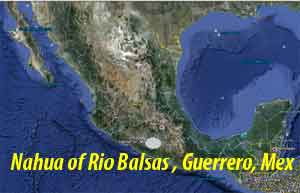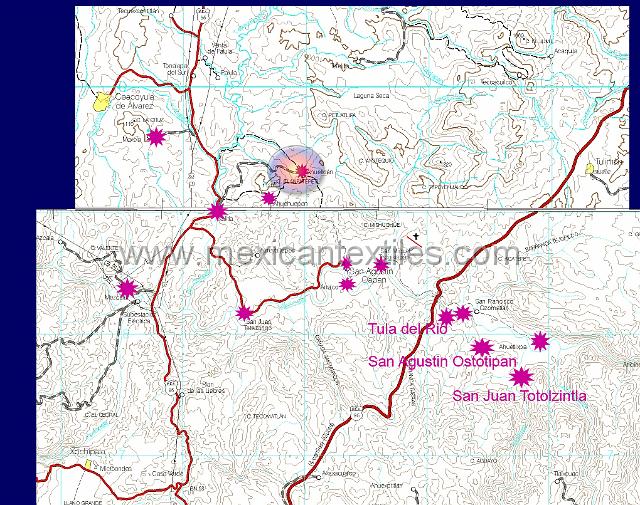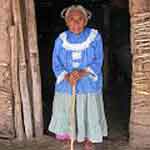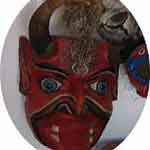

 |
||
 |
||
On this page, the focus is on the villages of the Rio Balsas region. With regard to language, Nahua is the most widely spoken indigenous language in Mexico, in conversations with the people shown in this section they understand and can communicate with the peoples of the Mountain region. The Mountain region centered near and around the towns Tlapa and Chilapa is the most densely populated of the Nahua regions. These regions are in contact with other indigenous groups, the Mixtec, Tlapaneco and Amusgo.
Guerrero is one on the poorest state in Mexico and the indigenous population as usual in Mexico is at the very bottom of the economic ladder. Electrification and portable water are recent developments in the region. Road building got a push in the 1970’s when dirt roads where cut to many villages and now paving is just now getting under way. The Rio Balsas ( Balsas River is one of the largest river systems in Mexico ( 450 miles) and large government projects have dammed the river along its long trajectory.
The Nahua population of Guerrero is about 350000 based on the 1990 census the actual population in the Rio Balsas area approximately 50000. The villages of the Rio Balsas region have a extensive handicrafts, the painting on amate paper, mask making, pottery and decorative wood working are known all over Mexico.
The customary dress in the village visited here was long skirt, a decorative under blouse or "camisas" and an over blouse. In Xalitla this type of dress is all but gone, replace by commercially manufactured clothing, while in Tetelcingo the long dress and pleated overblouse were in wide use. While not documented here their under blouse is embroidered. In Oapan, there is a traditional embroidered blouse which I saw being worn by the two oldest generation while the younger generation wore commercial clothing.
On the road beyond Oapan there are other villages, which are yet to be documented however I was told that there, are embroidered bloused used in those towns.
|

